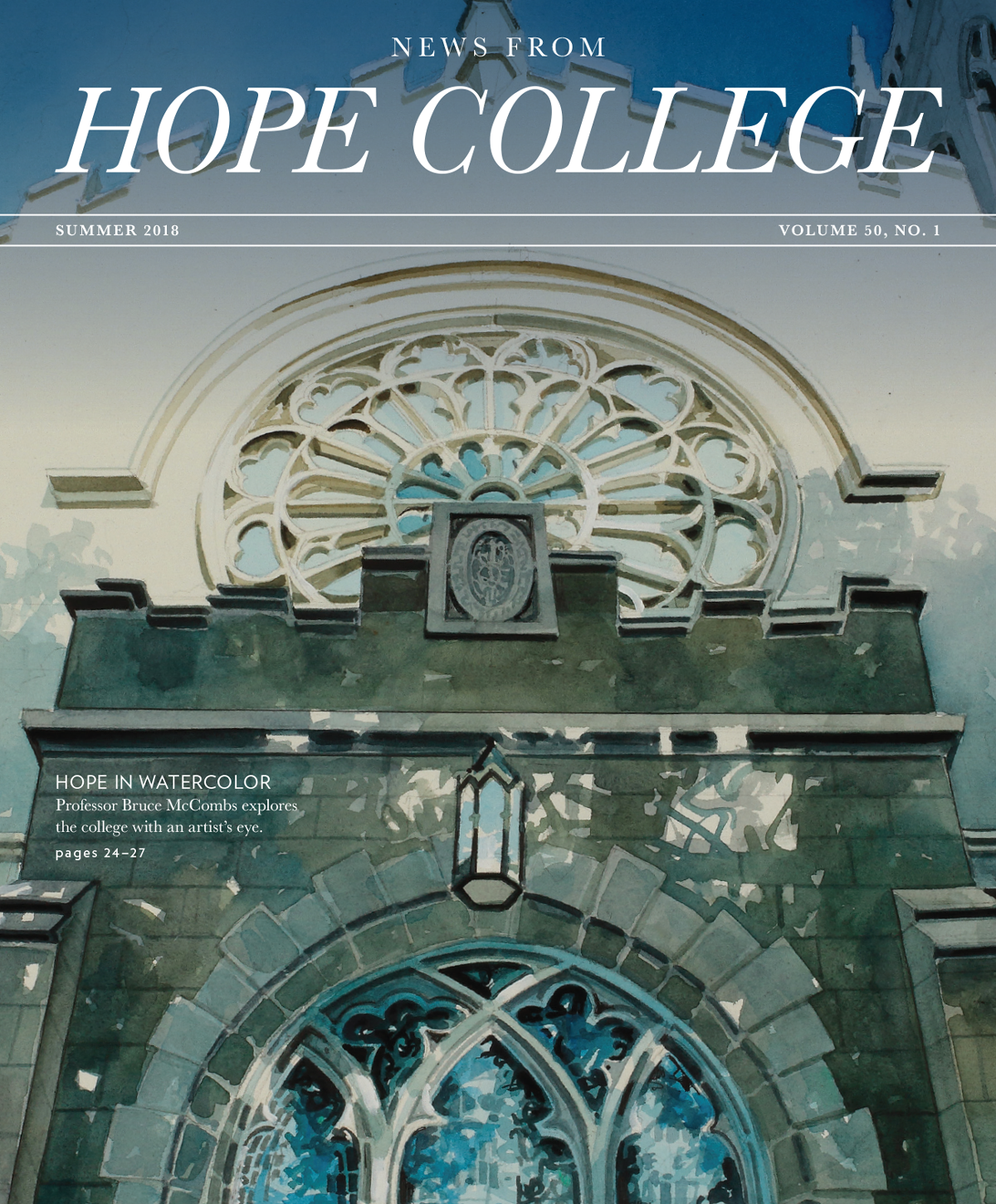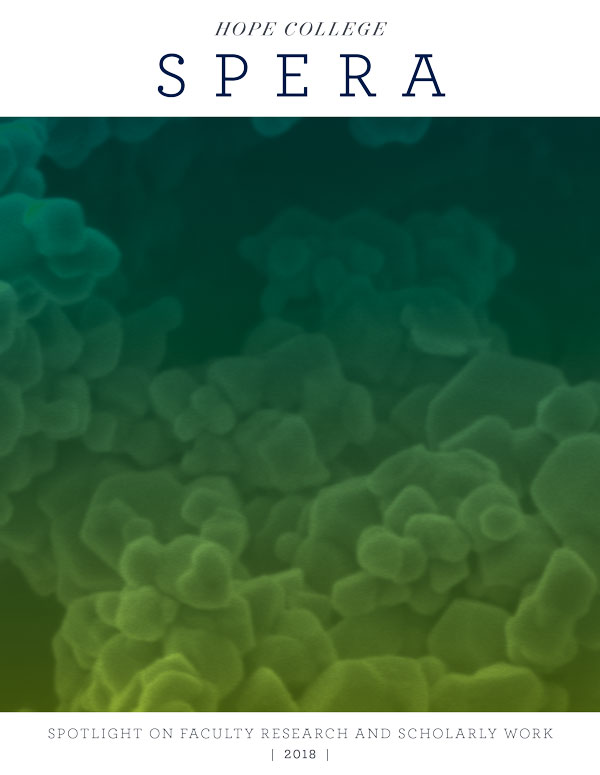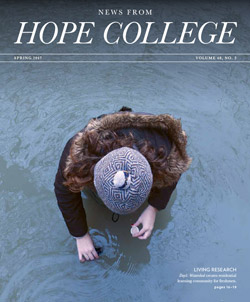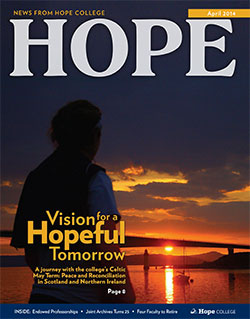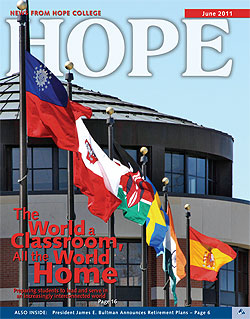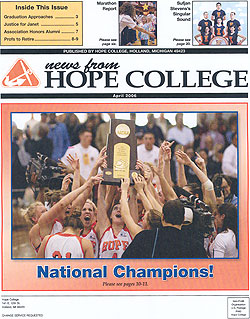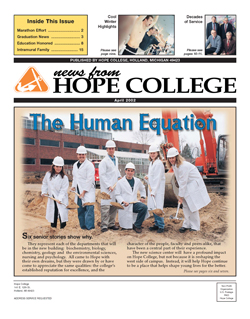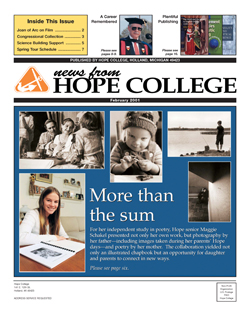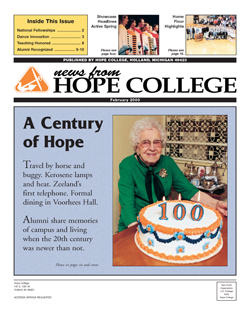A Poet’s Sojourn in Camden, New Jersey
Most people think of Walt Whitman, if they think of him at all, as that 19th-century poet from high school English Lit who penned Leaves of Grass. However, Dr. William Pannapacker thinks about Whitman a lot. And when he does, his thoughts fill with superlatives. “Walt Whitman is, in many ways, the preeminent literary figure… Continue Reading →




















